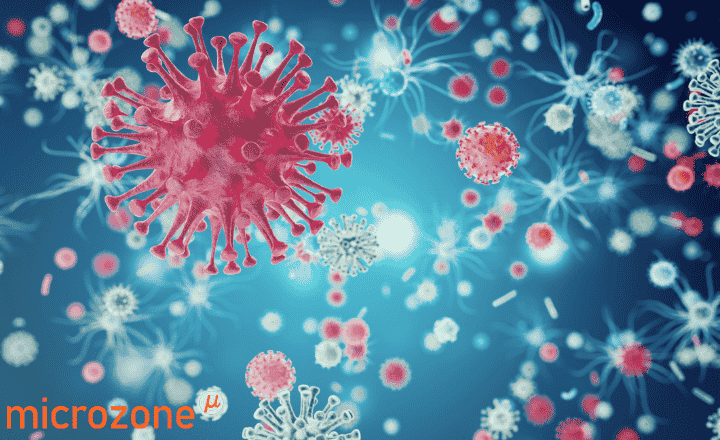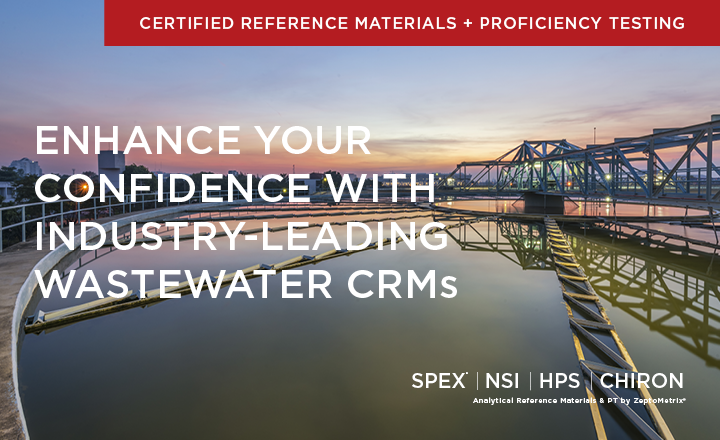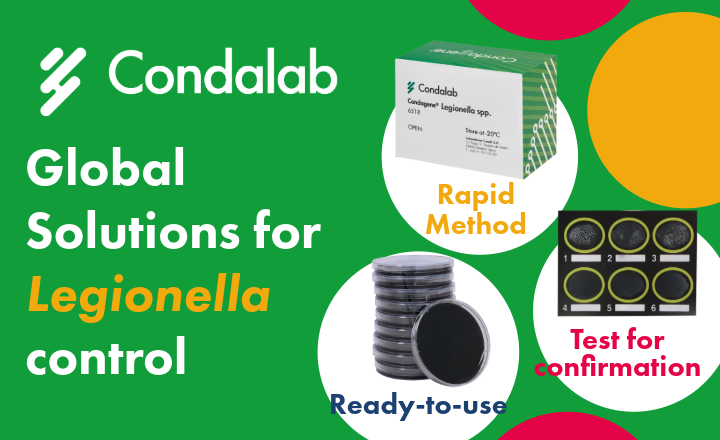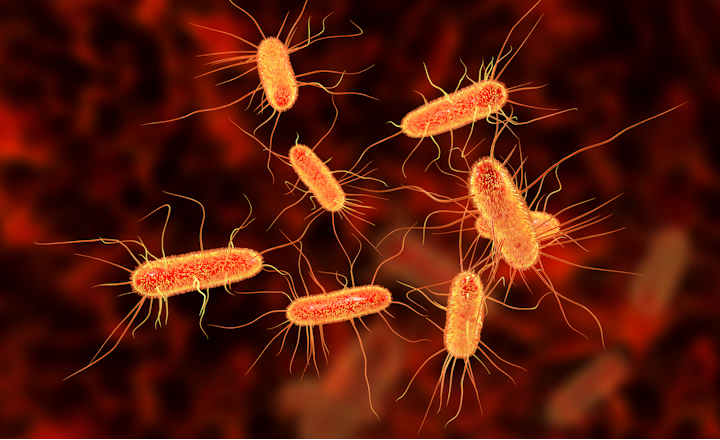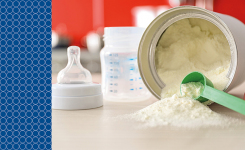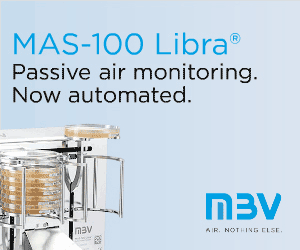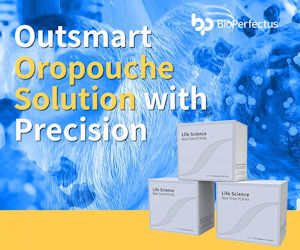How dangerous are Legionella bacteria?
Legionella is a genus of waterborne, gram-negative, rod-shaped bacteria that is considered potentially human pathogenic. The Legionella species most frequently responsible for human illness is Legionella pneumophila – it causes Legionnaires' disease (legionellosis), a severe pneumonia that is often fatal if left untreated. Another form of the disease is the milder, flu-like Pontiac fever.
How are Legionella transmitted?
Transmission usually occurs through inhalation of aerosols from contaminated tap water – especially in showers, swimming pools, whirlpools or via air conditioners. Drinking contaminated water or eating food that has come into contact with contaminated water usually does not lead to infection. Also, there is no transmission from person to person.
How can I prevent Legionella contamination?
The bacteria multiply particularly well when there is no circulation of water and when temperatures range from 25 to 50 °C. Water storage tanks and water pipes from which temporarily little or no water is drawn are therefore, particularly susceptible to bacterial growth. To ensure that unused water pipes do not lead to a Legionella problem, it is recommended that water flows through all tapping points at least once a week. In addition, inadequate isolation of water pipes, unsuitable materials or lime, rust and sludge deposits can also lead to a Legionella problem.
What should be done in case of Legionella contamination?
In many countries, regulations govern which measures have to be taken in case of colonization with Legionella. For example, it may be necessary to inform the residents and prohibit showering; restructuring measures or the installation of filters may also be required. Legionella can be killed, among other things, by thermal disinfection (heating the water to ≥ 70 °C for at least 3 minutes).
Are Legionella subject to mandatory reporting?
In many countries, companies are obliged to carry out regular water analyses to detect Legionella bacteria. According to the European Drinking Water Regulation (Directive EU 2020/2184), a limit value of 1000 colony-forming units (CFU) per liter of water applies to Legionella. If Legionella is detected in the water, this must be reported to the public health department.
How do you test water for Legionella?
Water analysis can be performed using a variety of analytical methods. In addition to traditional microbiological tests based on the cultivation of bacteria on a nutrient medium, molecular biological methods such as real-time PCR are increasingly being used. This method offers the advantage that the tests can be carried out very efficiently, and the analysis results are available in just a few hours. The SureFast® real-time PCR portfolio includes a specific test for Legionella pneumophila as well as a screening test for several Legionella species.
Use the Request Information button to make direct contact with R-Biopharm AG for more.



